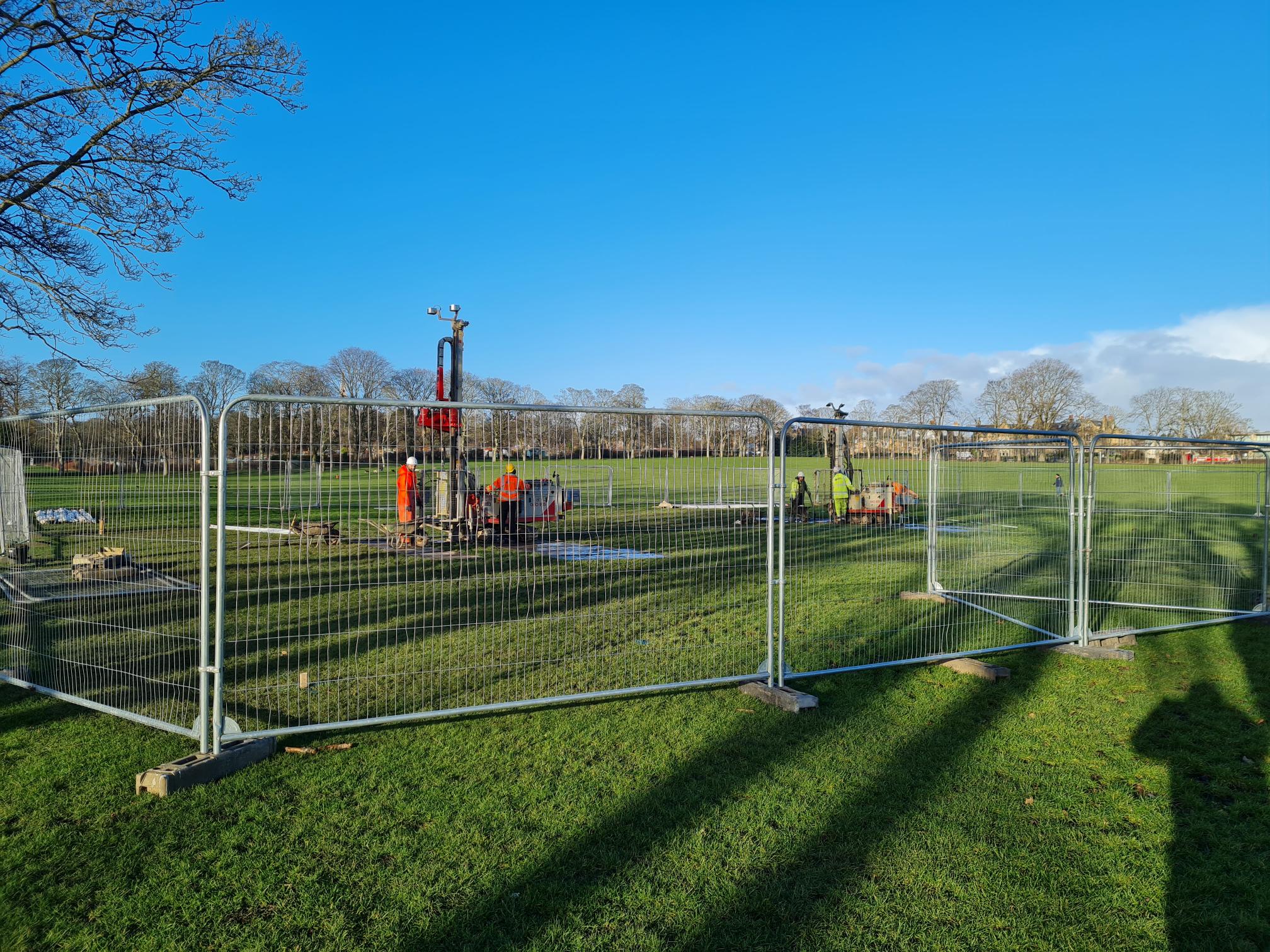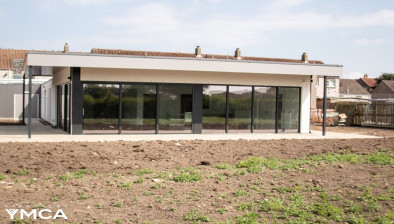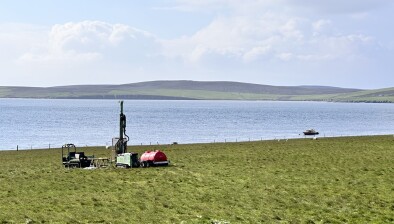Groundwater Dynamics finds green solution for flood-hit Edinburgh park
A popular Edinburgh park plagued by years of flooding will have a new lease of life thanks to an innovative carbon-negative solution.

Inverleith Park has been beset with drainage problems since 1894 and various preventative steps had been taken over the decades but now work has begun to install a sustainable drainage system.
During extreme rainfall, the volume of water at the park exceeds the capacity of the downstream pipes which is then backed up and overflows to the surrounding areas.
The £145,000 project will see the installation of carbon-negative sustainable drainage units which will allow water to drain away deep below the surface of the park.
Surface water and drainage consultant Frank O’Donnell said: “I am absolutely delighted to be resolving this issue with the Groundwater Dynamics team.
“Inverleith Park is a wonderful place and offers so much to locals and visitors alike.
“This system is not only carbon-negative it offers a real solution to this kind of drainage problem which is widespread in Scotland and as we are seeing with more frequent extreme weather events it can only continue so adaptations need to be made to infrastructures now to avoid more costly work in future years.”
The work involves drilling 800 holes to house the ECO-90 devices and is expected to take up to 40 days to complete.
Councillor Amy McNeese-Mechan, Culture and Communities Vice Convener at City of Edinburgh Council said: “Inverleith Park is one of the city’s largest and most popular green spaces and attracts tens of thousands of people each year to relax in its surroundings, play sport in its fields or attend one of the key events taking place there.
“For some time the park has been subject to flooding, adversely impacting the enjoyment of those who visit, and I’m delighted that work is now underway to install this sustainable drainage system. The lawns will now be able to recover much more quickly following heavy rainfall.”

















